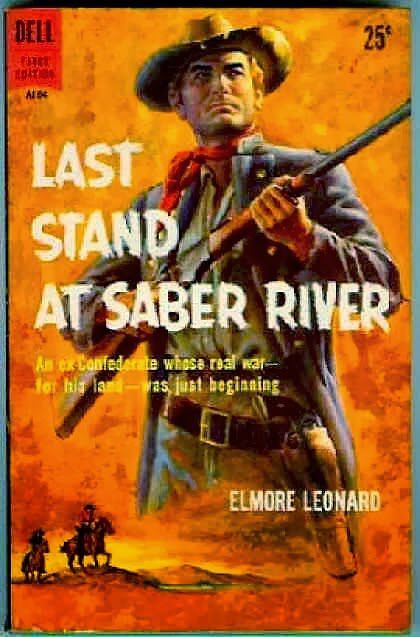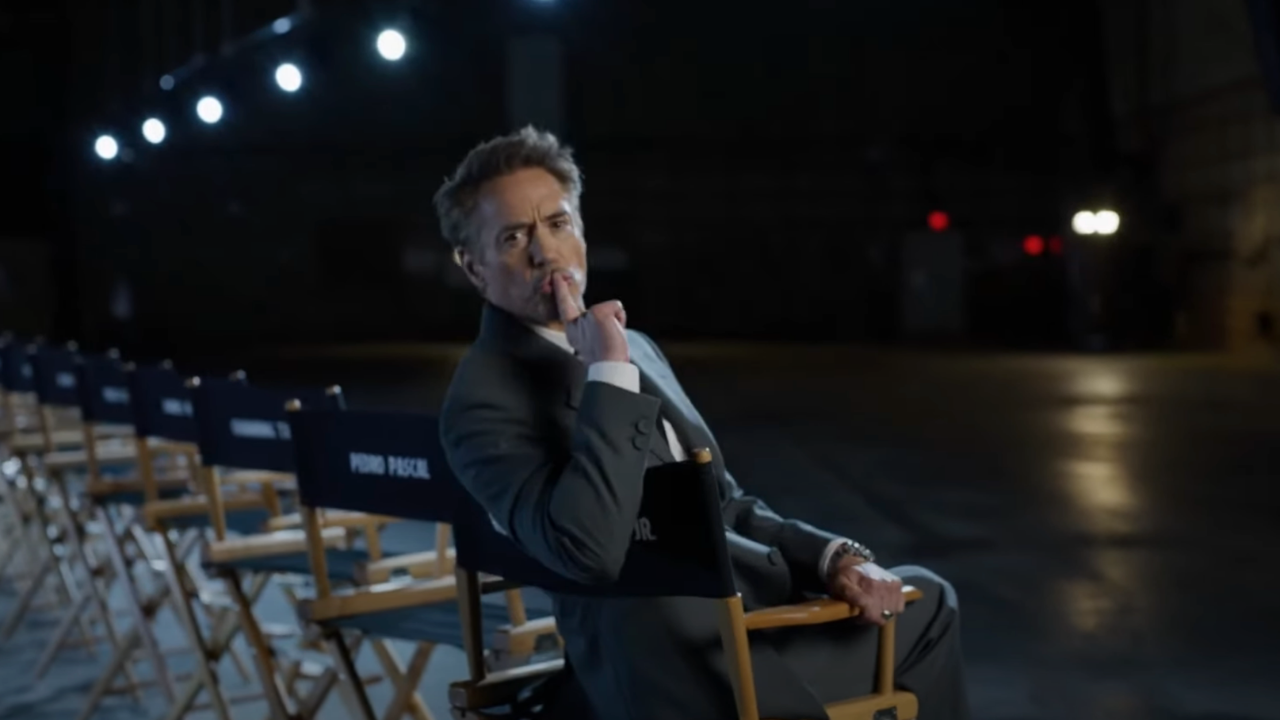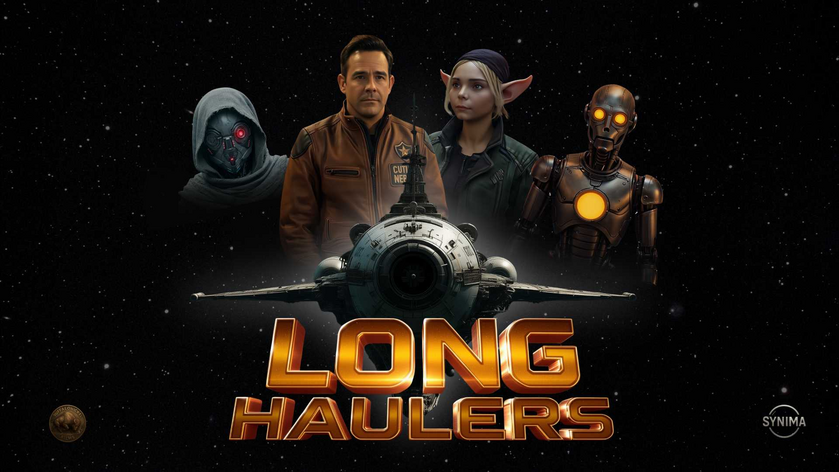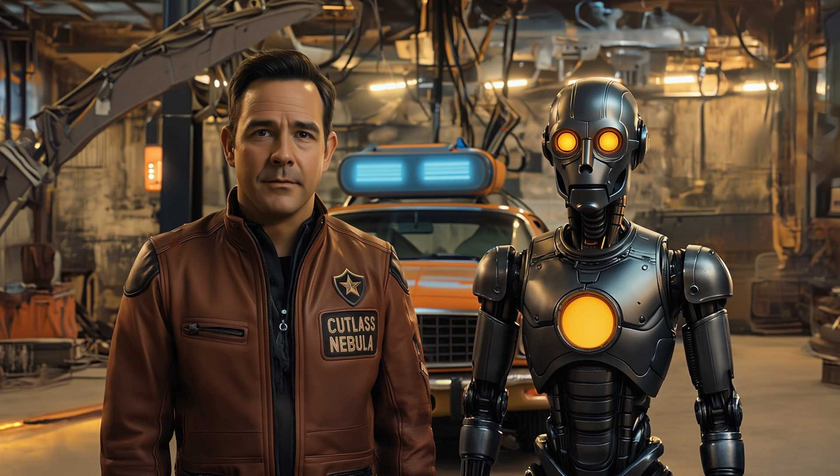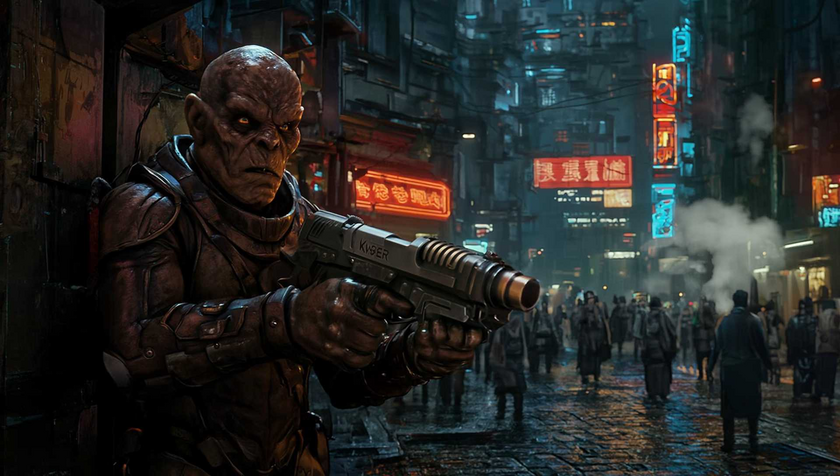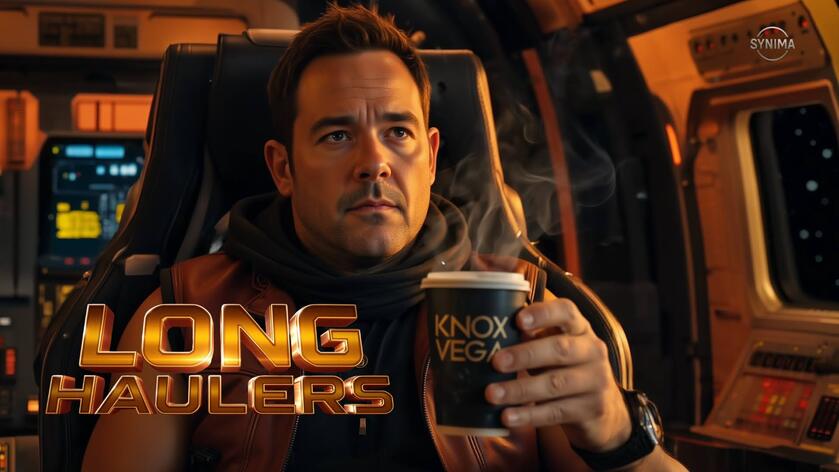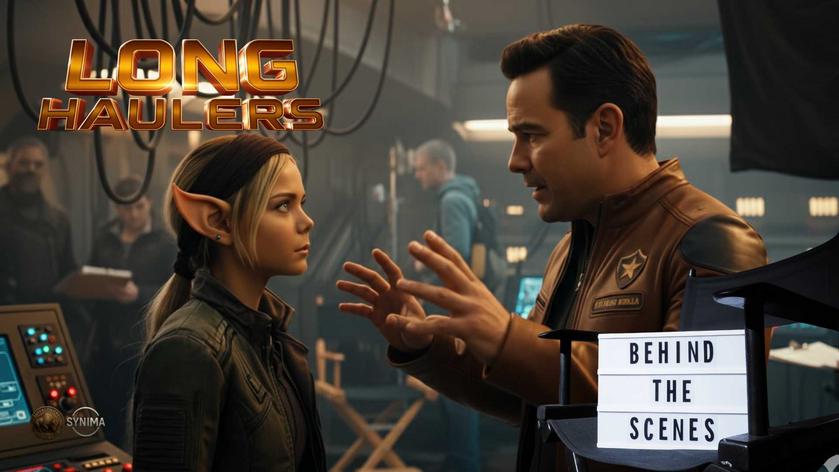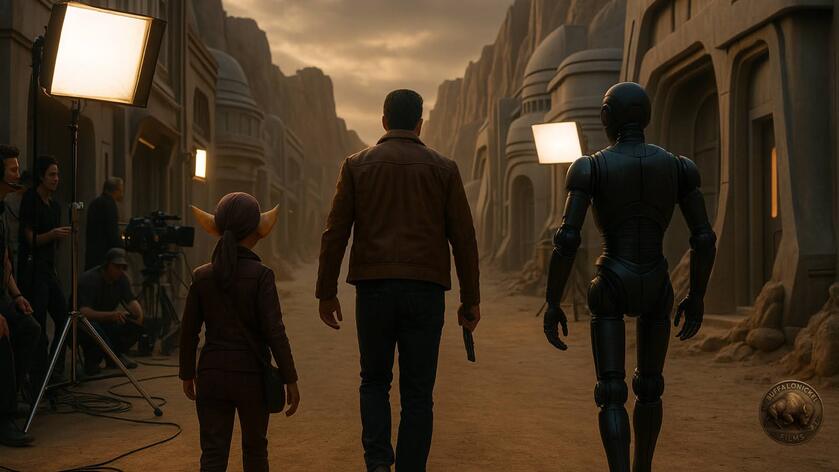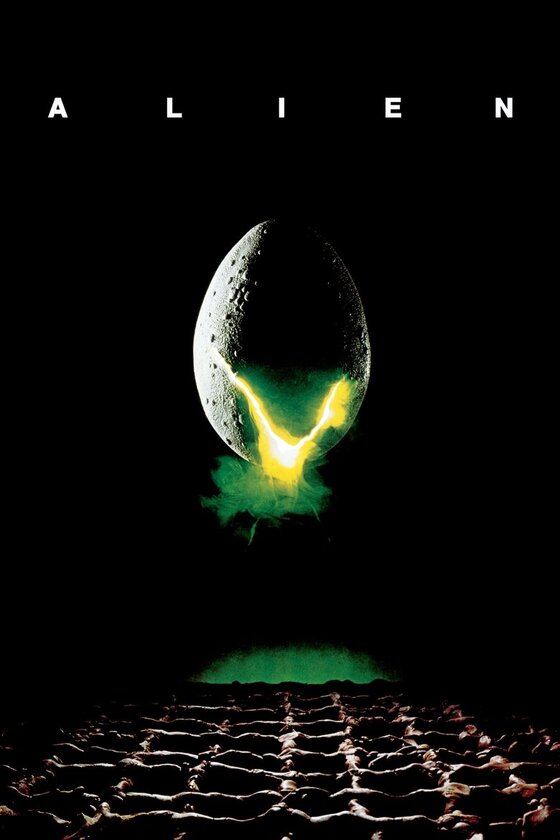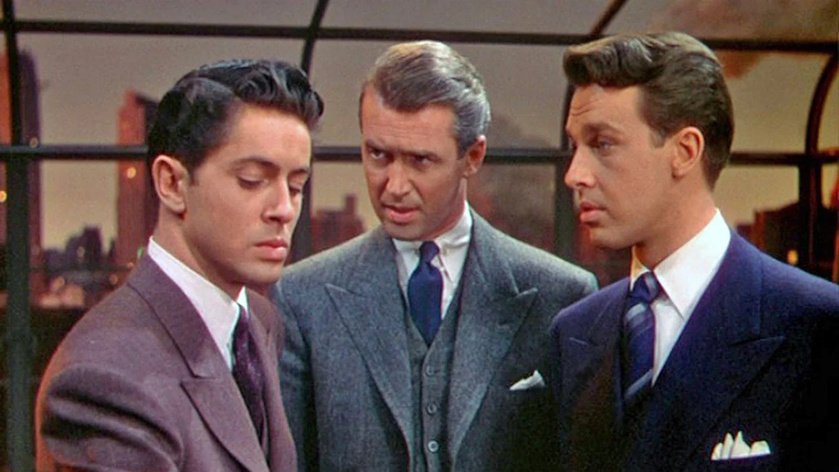I recently finished reading my second Elmore Leonard western, Last Stand at Saber River, and I enjoyed it just as much as the first. Honestly, I find the plots in the crime writer’s earlier genre easier to follow, which may help. With crime novels, there are so many crosses and double-crosses, I have trouble keeping up and just let the words wash around me. Westerns are, by their nature, more straightforward.
And I like straightforward.
Though the Civil War rages on, after two and half years of fighting for Confederacy and multiple wounds, Paul Cable was sent home to his wife, Martha, and their three children. They’d stayed with her parents in Texas, but now Cable intends to resume his life in Arizona, with a small head of cattle in the largely unsettled frontier. Unfortunately, in his absence, the Kidston brothers have taken over his land for grazing their horses, which they supply to the Union, and use his house for their hired hands.
There’s a new war on his doorstep, and it looks a lot like the old war.
The general store is now being run by a one-armed man named Janroe, who has his own battle going. He’s been supplying guns to the South, and without knowing it the Kidstons are making his illegal trade difficult. Goading Cable into killing his enemies seems like a good plan. And if Cable dies instead, he figures maybe he can win over Martha. A little insane, Janroe is an agent of chaos in an already unstable situation.
Leonard loves doing that.
In the other western I read, The Law at Randado, the protagonist’s struggle was persevering through a difficult task and maintaining his honor. Here, Cable must weigh the morality of taking the easy way out (violence) with protecting all that he holds dear. The war made him into a soldier, he thinks like a soldier and fights like a soldier, but he no longer wants that identity. So he’s forever trying to untrain himself and get back to being the man he was and desires to be again. Janroe is still fighting the War, and cannot comprehend Cable’s leaving it behind.
One of the Kidston brothers still wears his uniform and treats his men like a military unit.
In 1997 Tom Selleck starred in a made-for-TV movie adaptation. I like Selleck (he reminds me of my dad), so I went ahead and ordered a DVD collection that includes it, along with two of his other westerns, all based on novels. While I had no doubt of Selleck’s ability to play a world-weary solider, I was curious to see how the screenwriter would handle his being twice the age of the literary Cable.
For the most part, it’s a nonissue, though some concessions are made.
The two biggest changes involve Martha and the way the violence is portrayed. In the book Martha supports her husband every step of the way. The movie turns her into a bitter, angry woman who never wanted him to go fight, and doesn’t entirely trust him to make good decisions now. I understand adding some conflict, but Leonard found better ways that aren’t so tired. And of course, she gets in on the action at the end in a way that’s far less satisfying than the way Leonard wrote it.
But made-for-TV movies have to streamline things and milk them for melodrama.
Speaking of the action, Leonard wrote his violence with the precision of a chess match. Any further description I could offer wouldn’t do it justice. I saw hints of it in The Law at Randado, but what he does in this novel is simply magnificent. It would take a skilled filmmaker indeed to transfer that to the screen, and I don’t blame Dick Lowry a bit for taking a more simplistic, conventional approach.
The movie is different, but satisfying enough so as not to ruin the book.
I’ve got one more Leonard western on my shelf, Hombre, which has also been made into a movie. Not sure when I’ll get around to it. But my expectations are high. And as long as I’ve got those other Tom Selleck movies laying around, maybe it’s time I re-read those books too. Westerns are, after all, the American myth. And I want more of that in my life.
